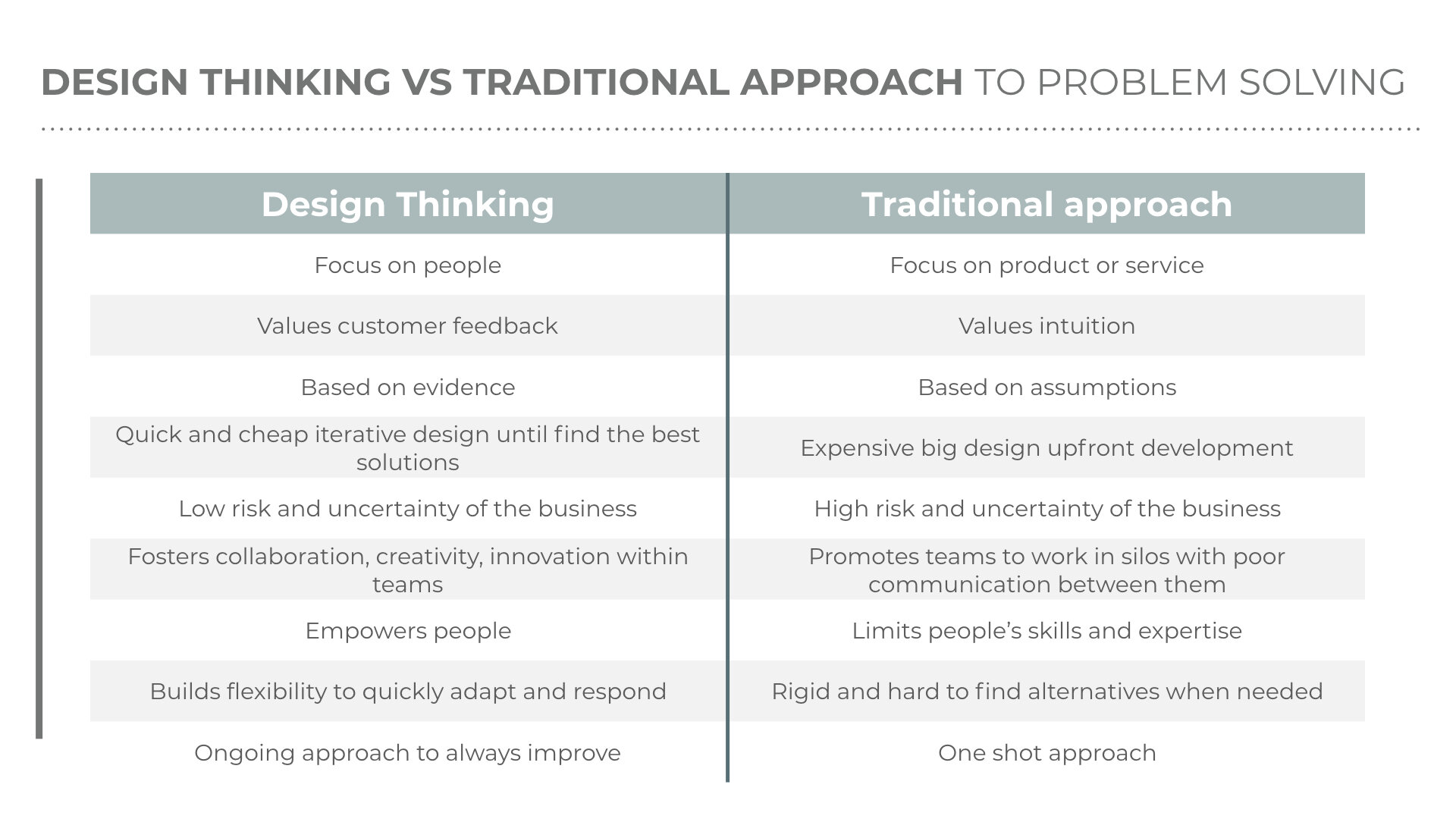Why current predominant approach to problem solving is obsolete
Traditional and linear methods and tools we apply during problem solving situations are in need of a deep change, mainly, in the way we think and relate to others.
We have been spending years applying concepts, tools and frameworks that had their origins in the 60’s, 70’s or 80’s. We still trust 100% in those weapons and that they help us solve the problems we, today, face and are engaged with. Though we are blind to observe what really happens around and within us. We have extreme difficulty to questioning and understanding the why of things and people. Because we do not even allocate time and space to think about it. We do the same things we have been doing for decades, we apply the same tools we have been applying for years and we end up being really good doing this stuff.
So… why more than 70% of new startups flop in the first 24 months of life? Why do more than 80% of strategies implemented in organizations, under massive investments, are not executed in time and, thus, evaporate?
Is it because we lack intelligence? I don’t think so…
It is because we do not do things right. Traditional and linear approach to problem solving and strategy definition is focused on the product or the service itself. It ignores, at first, the people that product, solution or experience is designed for. It starts by putting the solution at the table and in the center of everything that goes beyond it. This can be due to several reasons and, most of the time, rules come from top to bottom. This is why a lot of solutions are developed with big investments upfront and, when released into the market, traction is way below expectation. We end up designing stuff no one wants!
Several of those tools, frameworks and methods of traditional and obsolete approach need to be reinvented and reinvigorated. Some are completely useless while others should work as complementary to new, simpler and more sophisticated ones. As an example, swot (strengths, weaknesses, opportunities, threats) analysis tool, by itself, it is not enough anymore to understand deeply what happens around a business model and its surrounding competition, existing or potential. As long, boring and extensive business plan reports full of unreliable assumptions should be unacceptable to embrace as a documented resource that guides strategies of millions in human and financial capital. We need to accept this and learn how to apply new ways to be more efficient while problem solving.
Design Thinking changes completely the paradigm by putting the people at the center of everything, the way we think, strategyze, test and make conclusions. Now the product, solution or experience is secondary and a target we wish to achieve through co-creation and co-design with those we aim to design for. To get there, we shall experiment, test, collect evidence into the real world and iterate as many times as needed to find answers to our hypothesis and assumptions. Potential clients and all potential stakeholders involved in the process are now part of the team that shall build the best solution for current market needs and desires. By embracing the right mindsets and practicing them continuously, a design thinker is much more prepared to find better solutions and, as importantly, able to refine those in time by acknowledging and following market trends, forces, opportunities and threats. Design Thinking is a way of being, a way of thinking and a wiser path to be an alternative thinker, i.e, to be able to find alternative ways of thinking about alternatives.
Below is a wrap-up of what I have been observing and collecting through the years, based on empiric experiences, regarding this duality in problem solving between a traditional approach and Design Thinking approach:
Design Thinking Vs Traditional approach
It is clear to analyze by the table above that Design Thinking facilitates the flourishing of innovation and creativity among teams and within organizations. That is why big and “solid” enterprises are completely disrupted by “garage” teams, nimble and able to build very strong and efficient business models that deliver massive value into the real world, with real people. For another way, it is easy to understand more financial efficiency on the left side of the table by adopting rough and cheap ways of testing and collecting feedback from the real world way before market implementation stage. Consequently, a drop in risk and uncertainty which is what any C-suite leader desires and wishes for.
Design Thinking’s promise goes way beyond human-centricity and the comfort of a structured approach. It is about mindsets. A big mistake companies make today in “employing the methodology” is expecting the tools or methods to work automatically without people having to change the way they think. We need to change our thinking behaviour, deeply!
Design Thinking does not make you only a better designer, makes you better at everything.

